This list includes a number of sweet pepper varieties currently popular with Florida growers; it is by no means a comprehensive list of all varieties that may be adapted to the state. At present 4–5 cultivars probably constitute 80–90 percent of commercial production in Florida.
(See Table 1 for Key to Abbreviation)
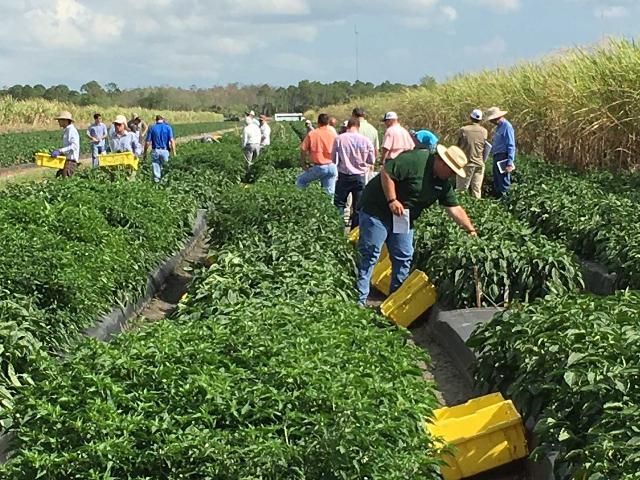
Credit: Monica Ozores-Hampton, UF/IFAS
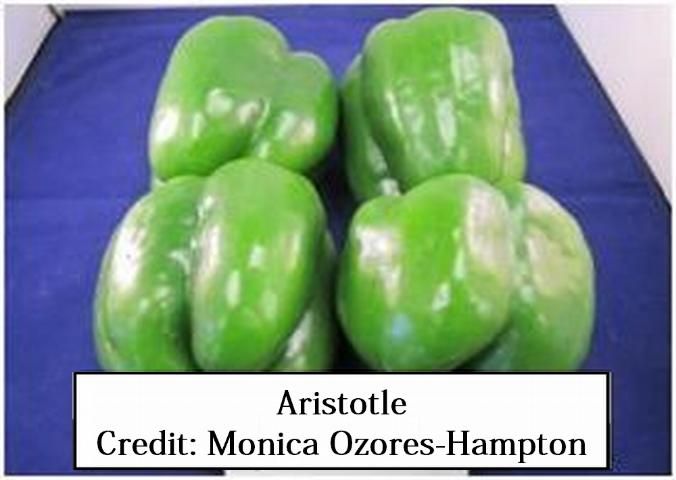
Credit: Monica Ozores-Hampton, UF/IFAS
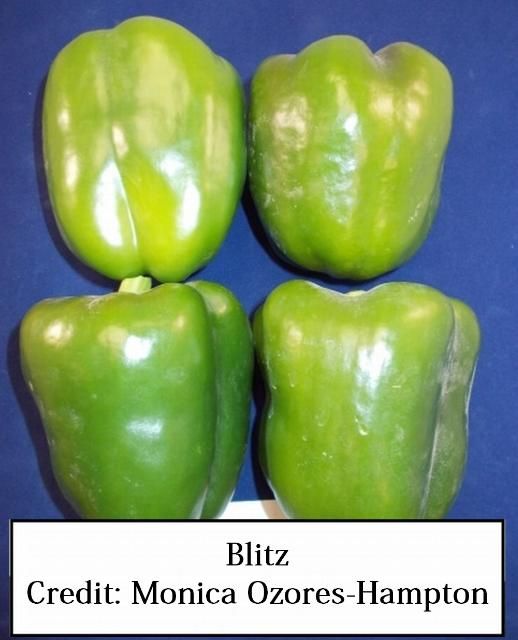
Credit: Monica Ozores-Hampton, UF/IFAS
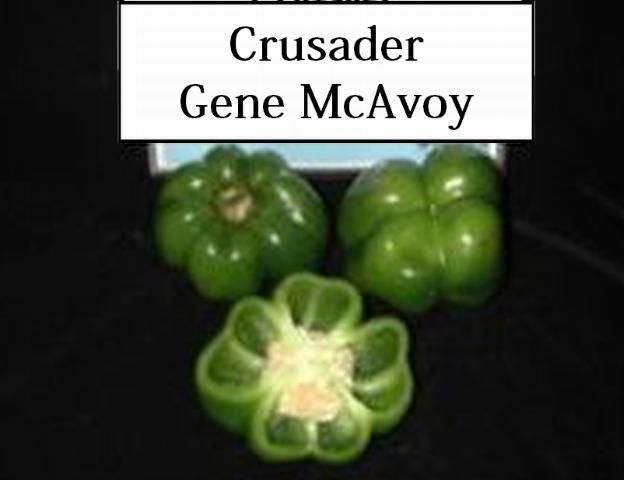
Credit: Gene McAvoy, UF/IFAS
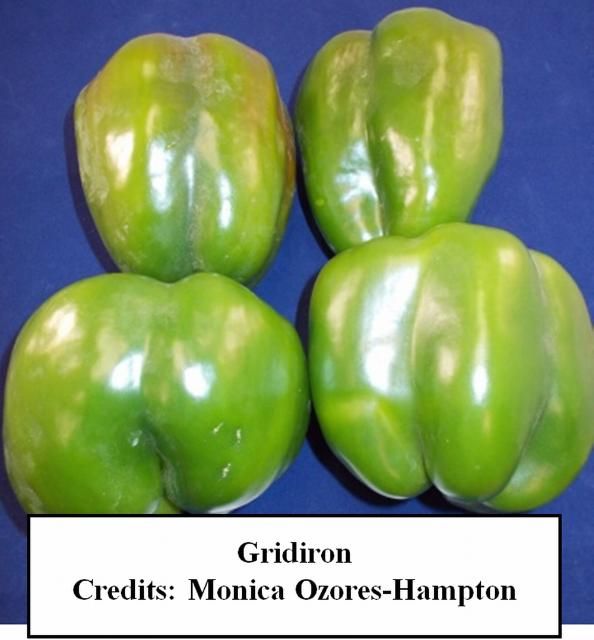
Credit: Monica Ozores-Hampton, UF/IFAS
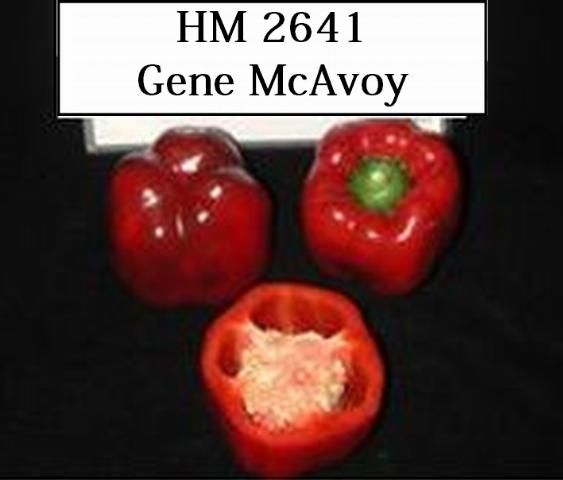
Credit: Gene McAvoy, UF/IFAS
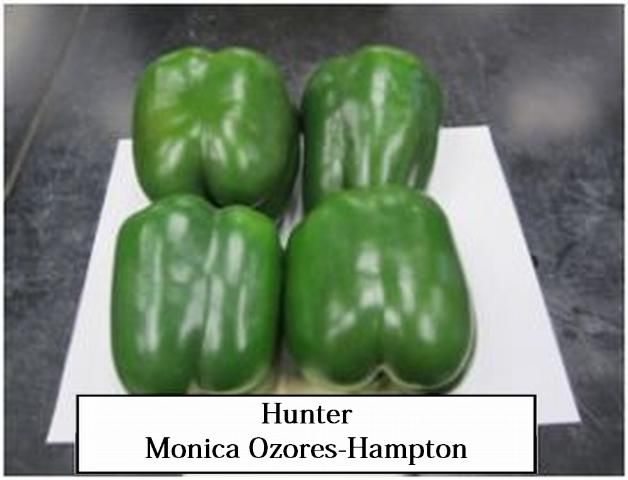
Credit: Monica Ozores-Hampton, UF/IFAS
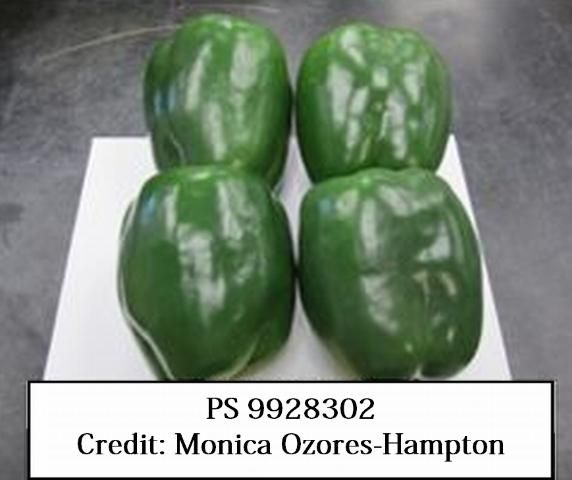
Credit: Monica Ozores-Hampton, UF/IFAS
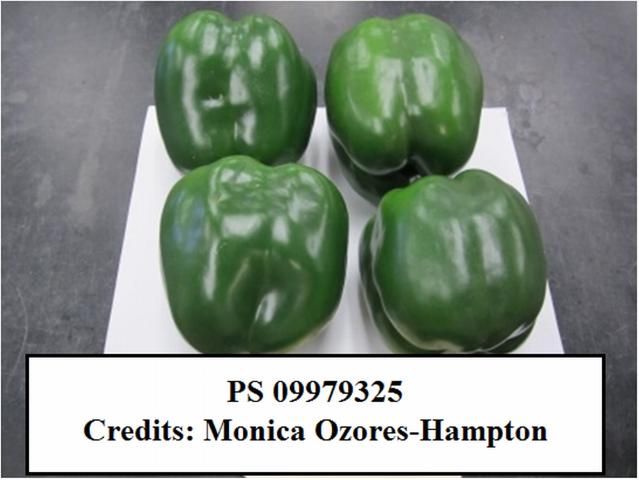
Credit: Monica Ozores-Hampton, UF/IFAS
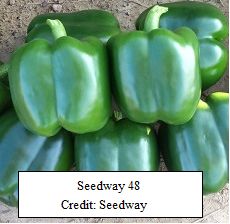
Credit: Seedway
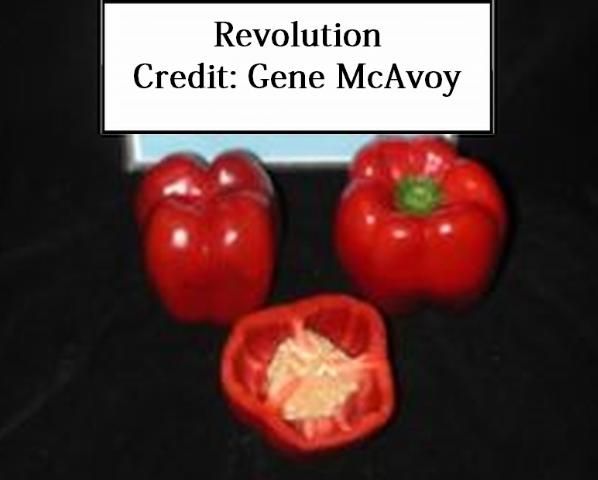
Credit: Gene McAvoy, UF/IFAS
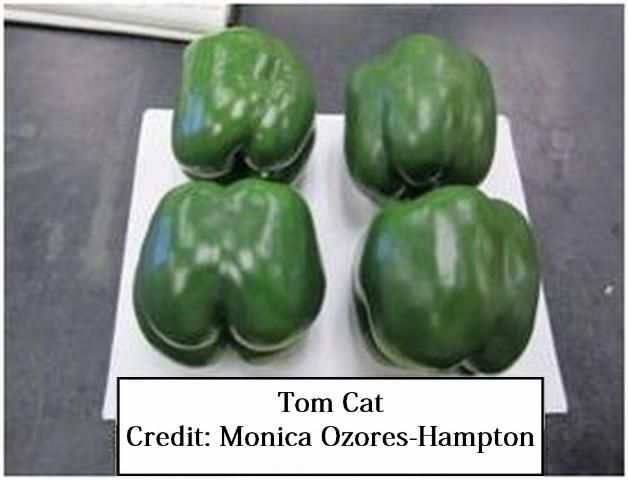
Credit: Monica Ozores-Hampton, UF/IFAS
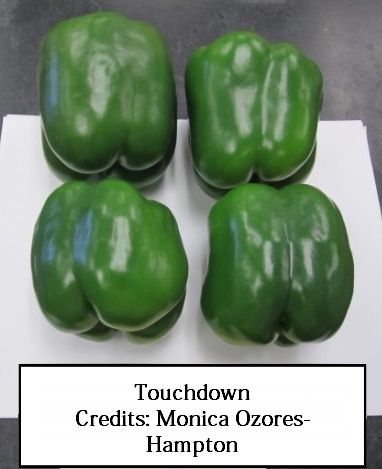
Credit: Monica Ozores-Hampton, UF/IFAS
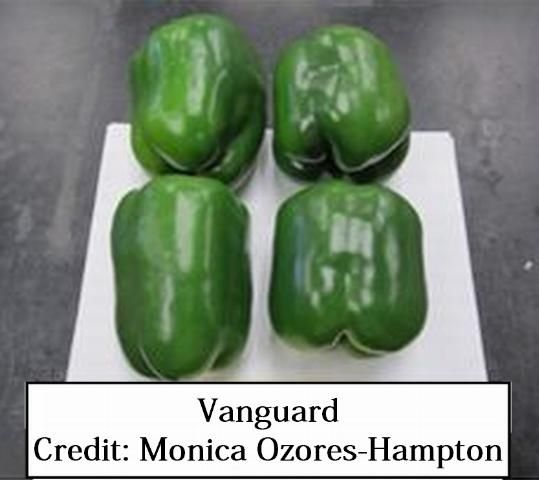
Credit: Monica Ozores-Hampton, UF/IFAS
Mini Sweet Pepper
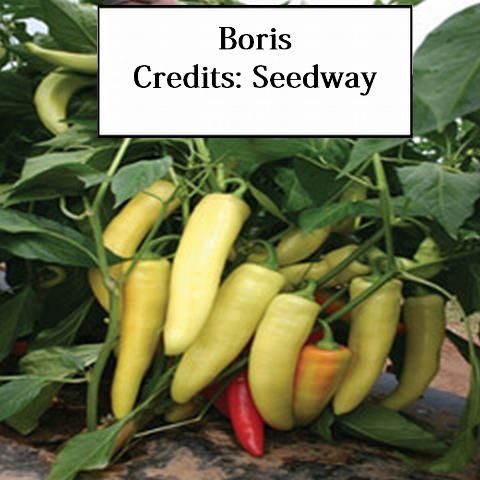
Credit: Seedway

Credit: Seedway
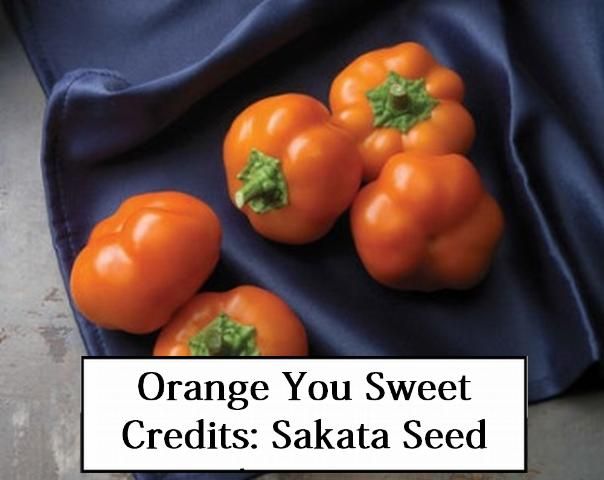
Credit: Sakata Seed America, Inc.
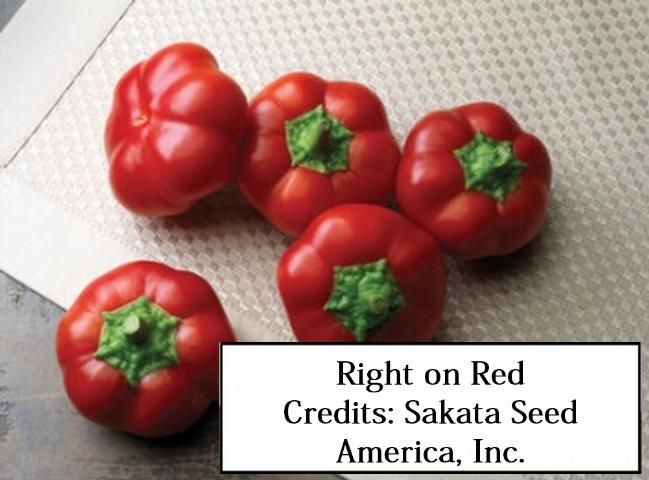
Credit: Sakata Seed America, Inc.
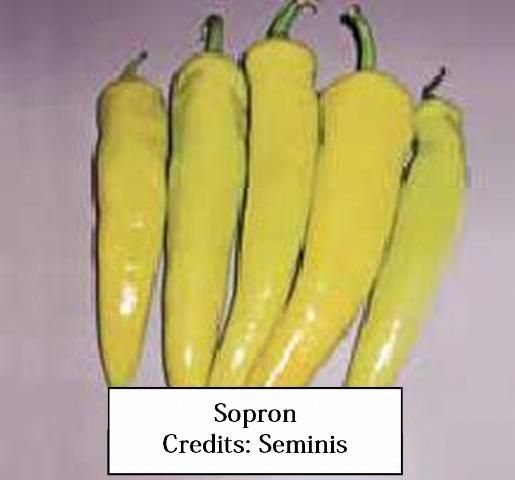
Credit: Seminis
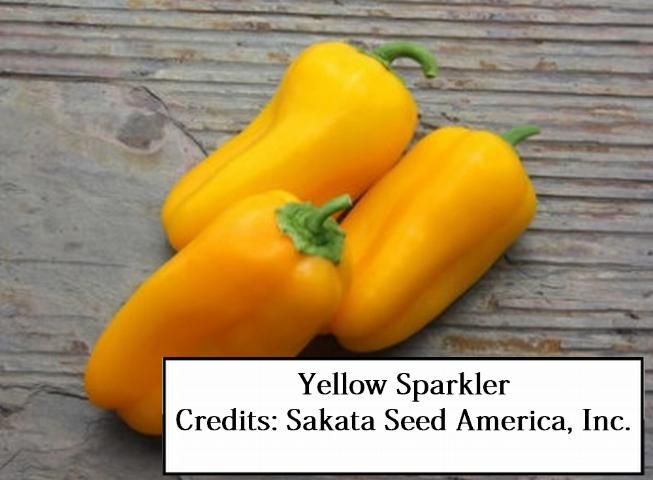
Credit: Sakata Seed America, Inc.
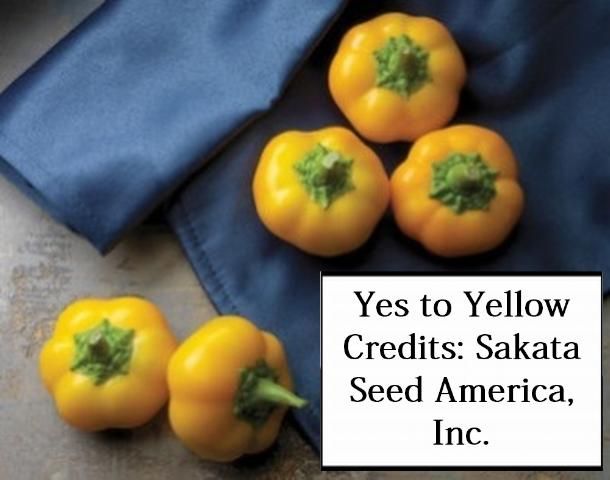
Credit: Sakata Seed America, Inc.
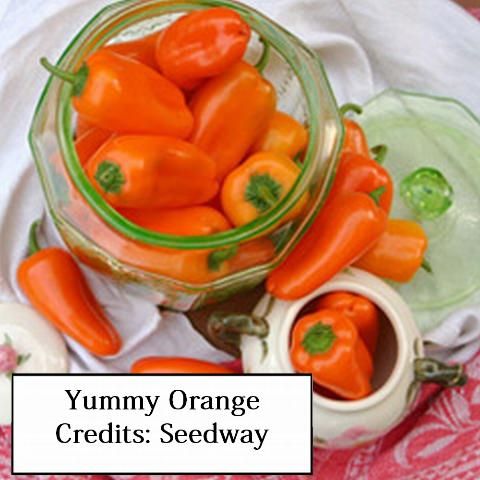
Credit: Seedway
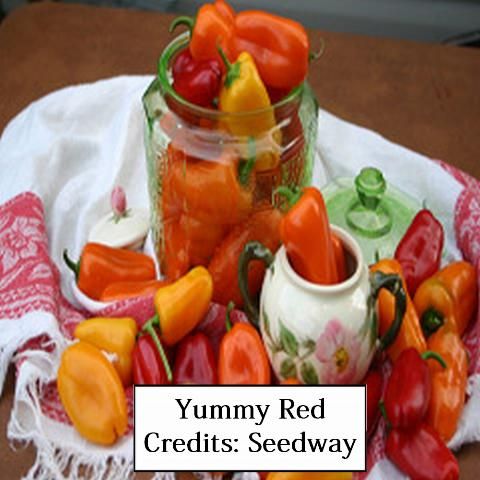
Credit: Seedway
Yummy Yellow—Image not available. Medium large plant with good cover. Fruit are similar in size to Yummy Orange. Resistance not available. Seedway.
Cubanelle
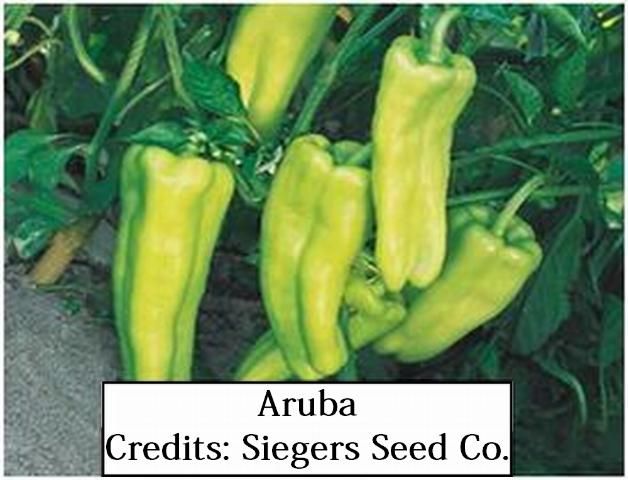
Credit: Siegers Seed Co.
Note—while this list includes a number of varieties currently popular with Florida growers, it is by no means a comprehensive list of all varieties that may be adapted to the state.